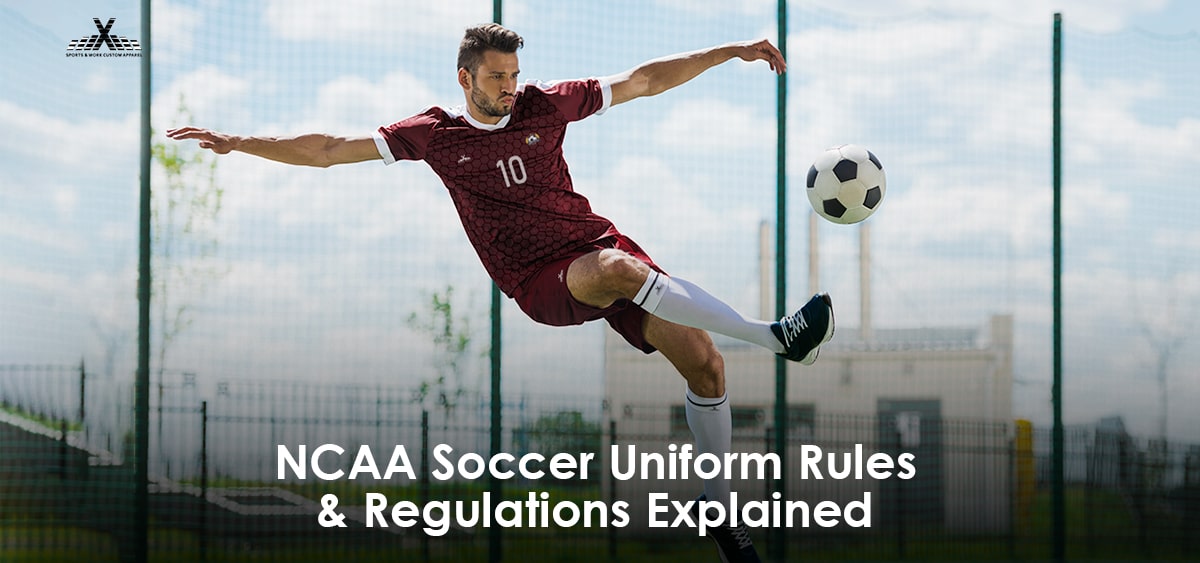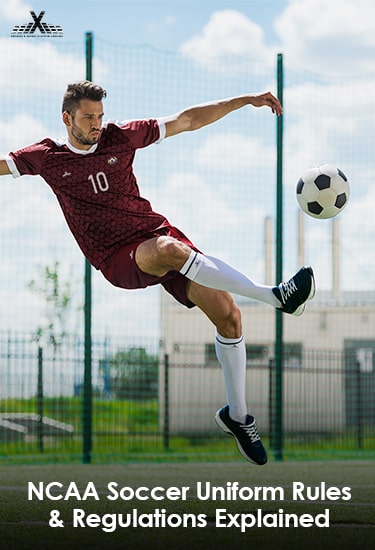NCAA Soccer Uniform Rules & Regulations Explained
Finding the perfect soccer uniforms for your collegiate soccer team might be a complex undertaking. There are many factors that must be considered including colors, tradition & budget. Add to these concerns the somewhat perplexing NCAA rules and regulations about the soccer team uniforms.
What Are The NCAA Soccer Uniforms Regulations?

The uniform of any sport conveys a lot about the team, including cohesiveness, team spirit,& motivation to win the game. Before you start designing your sports jersey for this season. It is essential to make sure that you know and understand the specific guidelines.
There are two major NCAA rules that will influence the uniforms you purchase and how you print them:
- Logos and trademarks of manufacturers
- Jersey Numbering
Manufacturer’s Logos and Trademarks
The basic uniform
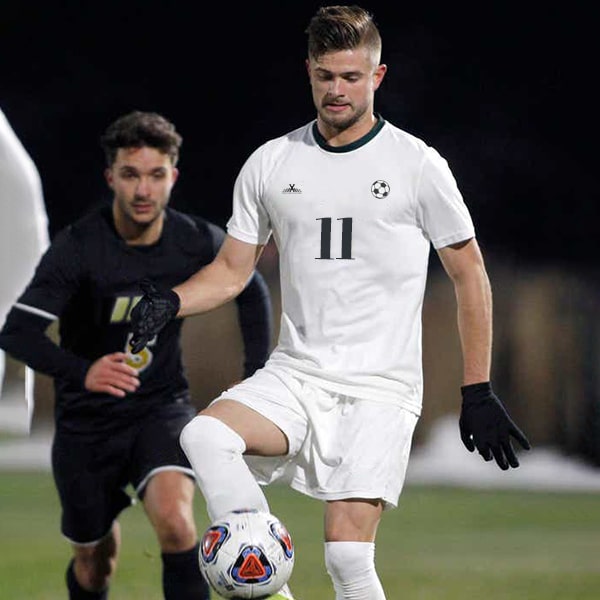
Section 4.1.1 NCAA soccer Rules and Interpretation Publication (2016-2017), related to uniform states that the basic uniform of a field player should comprise a jersey or shirt, shorts, stocking, and shoes. Although the mascot, the name of the college could be printed on the front and back of the uniform and the player’s name on the back of the jersey.
Manufacturer’s Logo
Furthermore, according to NCAA bylaws, the manufacturer’s logo can only come once on the outside of any item of apparel of a soccer uniform. Generally, worn by an athlete while representing his college in intercollegiate competition regardless of the logo’s visibility or trademark. The logo or trademark must be printed within a four-sided geometrical form that is square, parallelogram. On the inside of such an article of clothing, more than one manufacturer’s or distributor’s logo or trademark may be present, as long as the logo or a brand is not visible.
Suppose the manufacturer’s logo or trademark appears on the washing instructions worn by a student-athlete. The patch must be designed within a four-sided geometrical shape such as a square, rectangle that does not exceed 2- 1/4 square inches.
During NCAA championships, any personnel (for e.g, coaches, and athletic trainers) on the team bench for practices and who participate in NCAA news conferences are subject to the logo restrictions on student-athlete.
Commercial Logo
Commercial logos on uniforms worn by band members, cheerleaders, and the institution’s mascot during NCAA championship events must adhere to the exact logo restrictions as student-athlete attire.
Commemorative Patch
The committee may approve a commemorative patch on soccer uniforms or shirts. The entire patch must fit within a four-sided geometrical shape, for instance, a square, rectangle, or parallelogram that is no larger than 2-1/4 square inches.
Placement of Logo

Most soccer uniforms on the market include a single logo over the right breast area that is NCAA acceptable if less than 2.25 square inches. The problem arises when it comes to manufacturers’ trademarks. Uniforms with an across-the-chest sublimated Nike emblem or conventional down-the-arm triple Adidas stripes, for example, would be in violation because they are deemed trademarks of the individual uniform manufacturer.
Jersey Numbering
Size of Numbers of the Back of Jersey
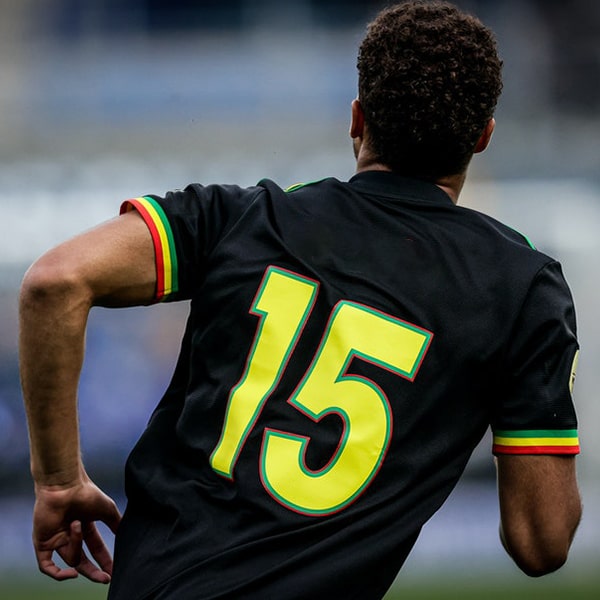
According to NCAA Soccer Rules and Interpretations for 2016-2017, Section 4.3 (Numbers Mandatory) of the publication states. Numerals must be at least 8 inches tall and easily recognizable from the dominant background color(s) of the soccer jersey, and the pattern should be printed on the back of each player’s jersey including the goalkeeper’s.
Size of Numbers of the Front of Jersey
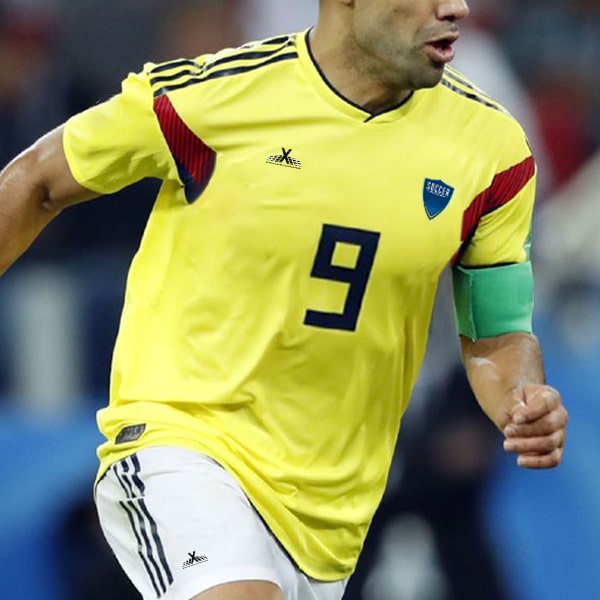
According to the rules and regulations of the NCAA, on the front of each player’s jersey and goalkeeper’s jersey, numerals must be at least 4 inches tall. They should easily be recognizable from the jersey’s primary background color(s) and pattern. On the front and back, numerals are essential. Although, no two teammates may wear the same number on the back of the jersey.
Numbers on Shorts

Shorts are an essential element of uniform equipment. Shorts with numbers are optional, and which means it depends on you. If you want to print numerals on shorts, you can go with it, but if you do not want to, you can skip it without any worry of NCAA rules.
Shin Guards
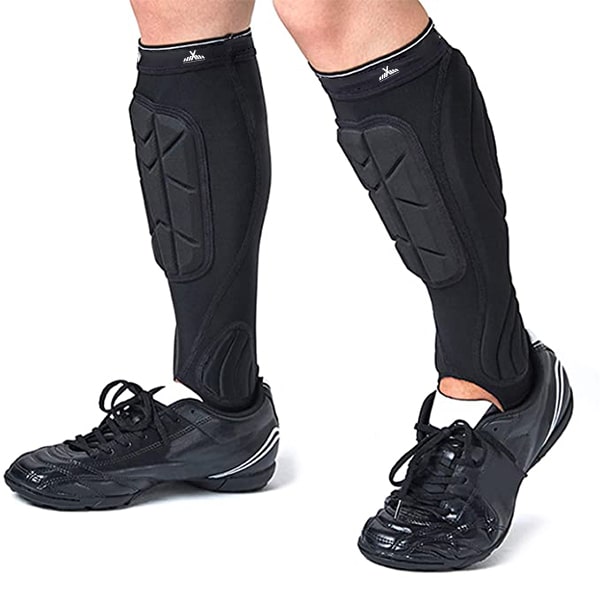
NCAA also mentions the specification of shin guards in its rules and regulations list. Shin guards should meet NOCSAE (National Operating Committee on Regulations for Athletic Equipment) standards, & must be worn “in the way intended, without exception” by players. Which must be properly constructed and have fixed sizes, and are age-appropriate.
Color of Jersey
NCAA requires home team players to wear matching uniforms in colors that contrast with the visiting team’s colors. Goalkeepers have to wear shirts that separate them from their colleagues and differentiate them from other players in the group. Shorts should be of a different color than jerseys and socks, as long as all players maintain a uniform appearance. Visible undergarments must be of the same color as the outfit worn beneath. According to the rules, warm-up jerseys or vests should be of different colors from the field uniform.
Shoes

NCAA established the rule that all participants in a game must wear shoes. The referee generally does not consider shoes with cleats, studs made of metal, leather, or rubber, molded into the sole, to be unsafe.
Accessories, Casts, and Braces
According to the rules, team captains should wear armbands to identify themselves from the other players.
A player may not wear anything that could endanger another player. Except for medical bracelets or necklaces, all other jewelry is not permissible.

